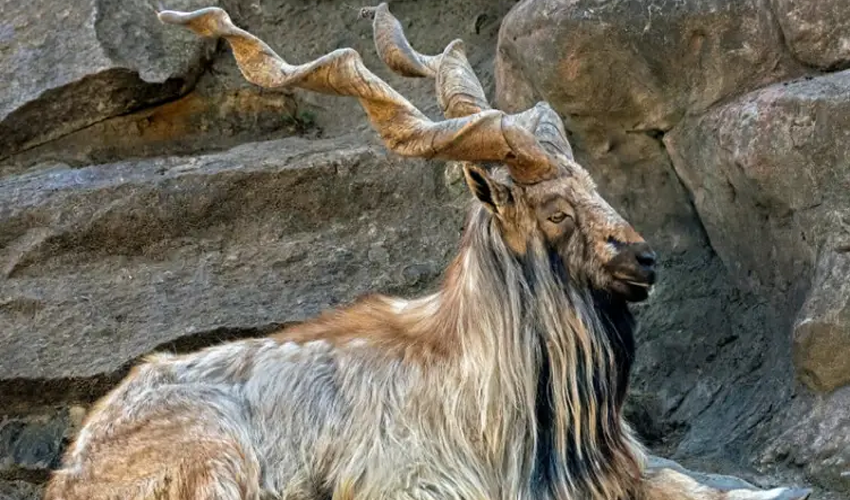In an unprecedented development, the Wildlife Department of Gilgit-Baltistan (GB) issued permits for the hunting of markhors as part of the annual Trophy Hunting season.
The highly anticipated auction resulted in a remarkable outcome, with the permit to hunt the Astor markhor fetching an astounding $186,000, making it the highest bid ever recorded in the region.
Highest bid ever
An official from the wildlife department revealed that a total of four permits were allocated for markhor hunting.
While the Astor markhor took the spotlight with its record-breaking bid, the second and third-highest bids for hunting the majestic creatures were not far behind, standing at $181,000 and $177,000, respectively.
During the auction, the local administration also offered a total of 104 permits for hunting various endangered animals, including 12 blue sheep and 88 ibexes.
These permits signify a delicate balance between wildlife conservation and the controversial practice of trophy hunting, which remains a topic of debate among environmentalists and local communities.
Community benefit
The Trophy Hunting season in Gilgit-Baltistan is set to commence on November 1 and will run until April 25. This six-month window allows licensed hunters to participate in this unique practice, which aims to strike a balance between conservation and economic development.
It is important to note that only 20% of the revenue generated through the sale of hunting permits is deposited into the national exchequer, while the remaining 80% is directed towards the betterment of the local community, specifically in the fields of health and development.
Despite its controversial nature, trophy hunting in the region has received some support from conservationists who argue that it helps in preventing poaching and simultaneously empowers local communities. This debate between conservation and controversy continues to be a defining aspect of the annual Trophy Hunting season in Gilgit-Baltistan.


























